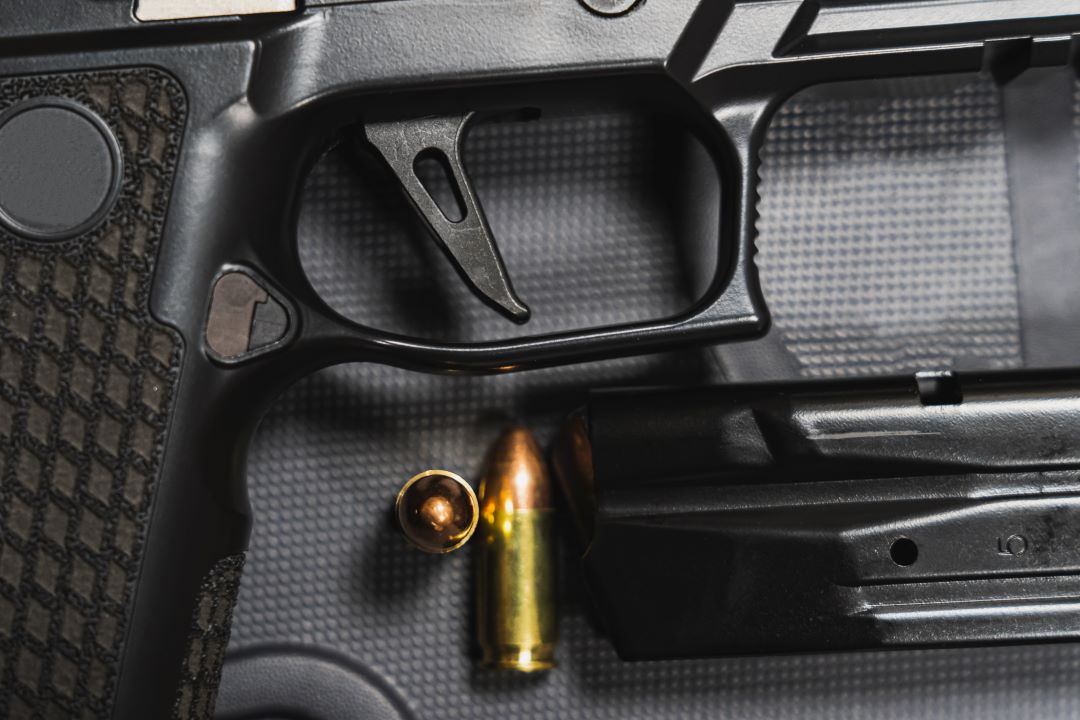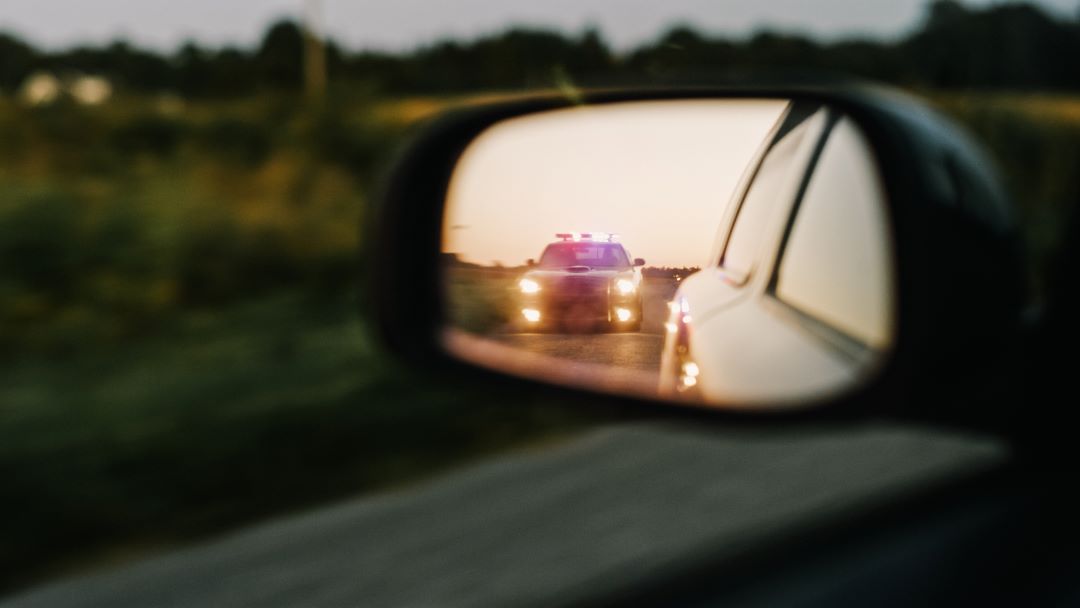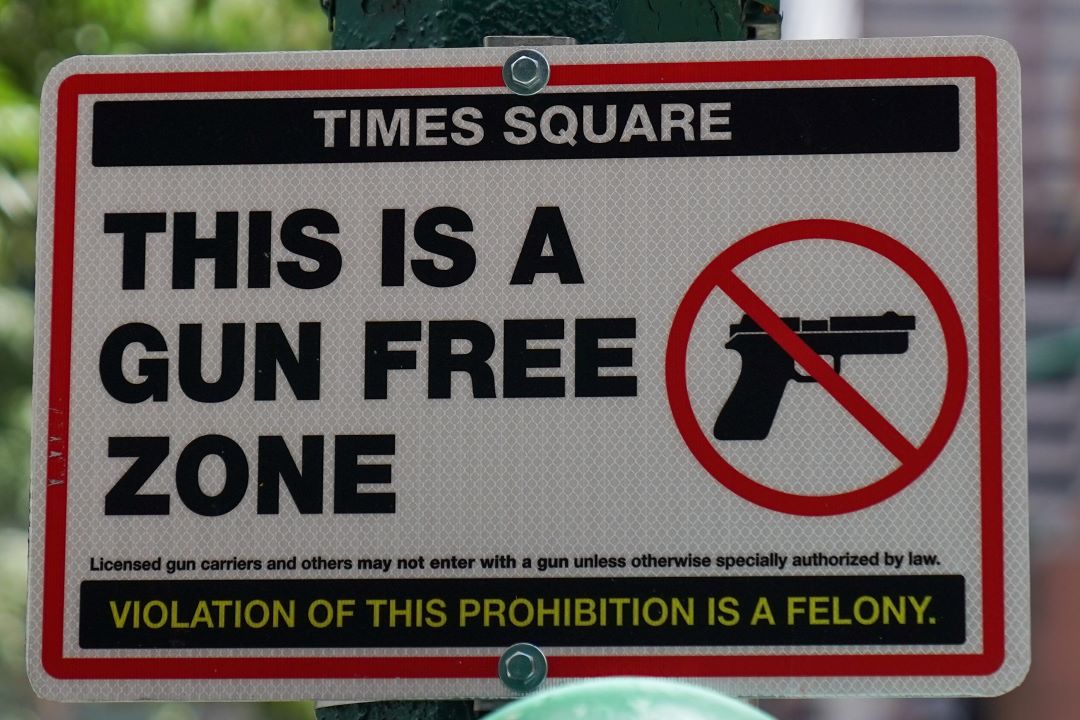Concealed carry is more than just strapping on a firearm—it’s a commitment to personal safety, responsibility, and preparedness. Whether you’re a seasoned carrier or new to concealed carry, certain decisions can significantly impact your safety and effectiveness. In this post, we’ll discuss critical aspects like carrying with a round chambered, choosing safe holsters, how much and when to conceal carry, and the risks of leaving your weapon in your car.
1. Do You Carry with a Round Chambered?
The Debate
One of the most common debates among concealed carriers is whether to carry with a round in the chamber. This decision directly impacts your ability to respond swiftly to a threat, but it also involves considerations of safety, training, and comfort.
Pros of Carrying with a Round Chambered
- Faster Response Time: When seconds count, having a round chambered allows for immediate action. Drawing your firearm and disengaging the safety takes less time than having to rack the slide and chamber a round.
- One-Hand Operation: In a high-stress situation, your other hand may be occupied (e.g., fending off an attacker or shielding a loved one). Carrying with a round chambered ensures that you can respond effectively with just one hand.
- Consistent Training: Many trainers emphasize carrying as you would shoot, meaning your training should mirror real-life scenarios where drawing and firing immediately is essential.
Cons of Carrying with a Round Chambered
- Accidental Discharge Risk: A chambered round increases the risk of an accidental discharge, especially if the carrier is inexperienced or using an unsafe holster.
- Psychological Comfort: New carriers may initially feel uneasy about having a live round chambered. This anxiety can be reduced through training and increased familiarity with the firearm.
Best Practices
- Start Slow: If you’re uncomfortable carrying with a round chambered, begin by training with snap caps (dummy rounds) to build confidence.
- Regular Training: Consistent, realistic training is the best way to prepare for the decision to carry with a round chambered. See our post on Building the Perfect Concealed Carry Training Regimen.
- Use a Quality Holster: This leads us to our next topic—ensuring your holster is safe and reliable.
2. Choosing Safe Holsters
A safe holster is one of the most critical components of concealed carry. Your holster not only secures your firearm but also determines how comfortable and accessible it is.
Characteristics of a Safe Holster
- Trigger Guard Coverage: A safe holster fully covers the trigger guard, preventing accidental discharges.
- Retention: Retention refers to how securely the holster holds the firearm. Good retention ensures that your weapon stays in place during everyday activities and doesn’t fall out accidentally.
- Reinforced Opening: The opening of the holster should remain firm to allow one-handed reholstering without collapsing.
- Comfort and Concealment: Comfort matters. An uncomfortable holster is less likely to be worn consistently, which defeats the purpose of concealed carry. Attach a GunZee holster pad to your holster to enhance comfort.
Types of Holsters
- Inside-the-Waistband (IWB): Positioned inside the waistband, these holsters are highly concealable and offer excellent retention. They work well for both open and concealed carry.
- Outside-the-Waistband (OWB): While typically more comfortable, OWB holsters are more challenging to conceal, especially under light clothing.
- Appendix Inside-the-Waistband (AIWB): Popular for their accessibility, AIWB holsters sit in front of the body and allow for a fast draw. However, they require extra care during reholstering due to their positioning near sensitive areas.
- Pocket Holsters: Ideal for smaller firearms, pocket holsters are designed to prevent printing (visible outline of the firearm) and keep the gun upright in the pocket.
Avoid Unsafe Holsters
Avoid holsters made of low-quality materials or those that lack proper retention mechanisms. Avoid “universal fit” holsters, which can fail to secure your firearm correctly. Instead, opt for holsters specifically designed for your firearm model.
3. When and How Much to Conceal Carry
The decision of when to carry and how much to conceal is unique to each individual but should be guided by factors like environment, threat level, and personal comfort.
When to Carry
- Consistent Carrying: Many experts recommend carrying as consistently as possible. You cannot predict when a threat might occur, so regular carrying ensures you are prepared.
- Adapt to Your Environment: While consistent carrying is ideal, it’s also important to adapt to your surroundings. For example, some workplaces may prohibit firearms, making it necessary to leave your weapon in a safe location.
- Consider Legal Restrictions: Be aware of state laws and specific locations where concealed carry is restricted (e.g., schools, federal buildings, etc.). See our post on Concealed Carry Laws by State.
How Much to Conceal Carry
- Full-Size vs. Compact vs. Subcompact: The type of firearm you carry impacts how much you conceal. Full-size firearms offer better capacity and control but are more challenging to conceal. Subcompacts and compacts offer better concealability but may sacrifice capacity and comfort during shooting.
- Layered Clothing: Dress appropriately for the level of concealment you need. In colder months, layered clothing makes it easier to conceal larger firearms. In warmer months, opt for lightweight and breathable fabrics that allow for comfortable concealed carry.
4. Dangers of Leaving Your Weapon in Your Car
Leaving your firearm unattended in a car carries significant risks, including theft, misuse, and potential legal consequences.
Risks of Leaving Your Firearm in a Car
- Theft: Vehicles are among the top targets for theft. If a thief breaks into your car, your firearm could be stolen and used in a crime.
- Legal Liability: In some jurisdictions, leaving a firearm unsecured in a vehicle can result in legal penalties, especially if the weapon is not properly stored.
- Unintended Access: If children or unauthorized individuals have access to your vehicle, leaving a firearm inside could lead to accidental harm.
How to Safely Store Your Firearm in a Vehicle
- Use a Car Gun Safe: Invest in a quality car gun safe that secures the firearm and prevents easy access. Choose safes that bolt to the vehicle or use security cables for added safety.
- Secure Parking: Park in well-lit, secure areas whenever possible to minimize the risk of break-ins.
- Avoid Leaving it Overnight: Avoid leaving your firearm in a vehicle for extended periods, especially overnight.
Conclusion: Prioritizing Safety and Preparedness
Concealed carry is a significant responsibility, requiring careful consideration of factors like carrying with a round chambered, holster selection, regular carrying habits, and safe firearm storage. Prioritize ongoing training, situational awareness, and adherence to local laws to ensure you’re always prepared to act responsibly.
Carrying a firearm responsibly is about more than self-defense—it’s about ensuring safety, reducing risks, and acting with intention at all times. Whether you’re choosing a holster or deciding when to carry, always prioritize safety and compliance with the law.
For more concealed carry tips, product reviews, and expert advice, visit our blog at GoGunzee.com.



